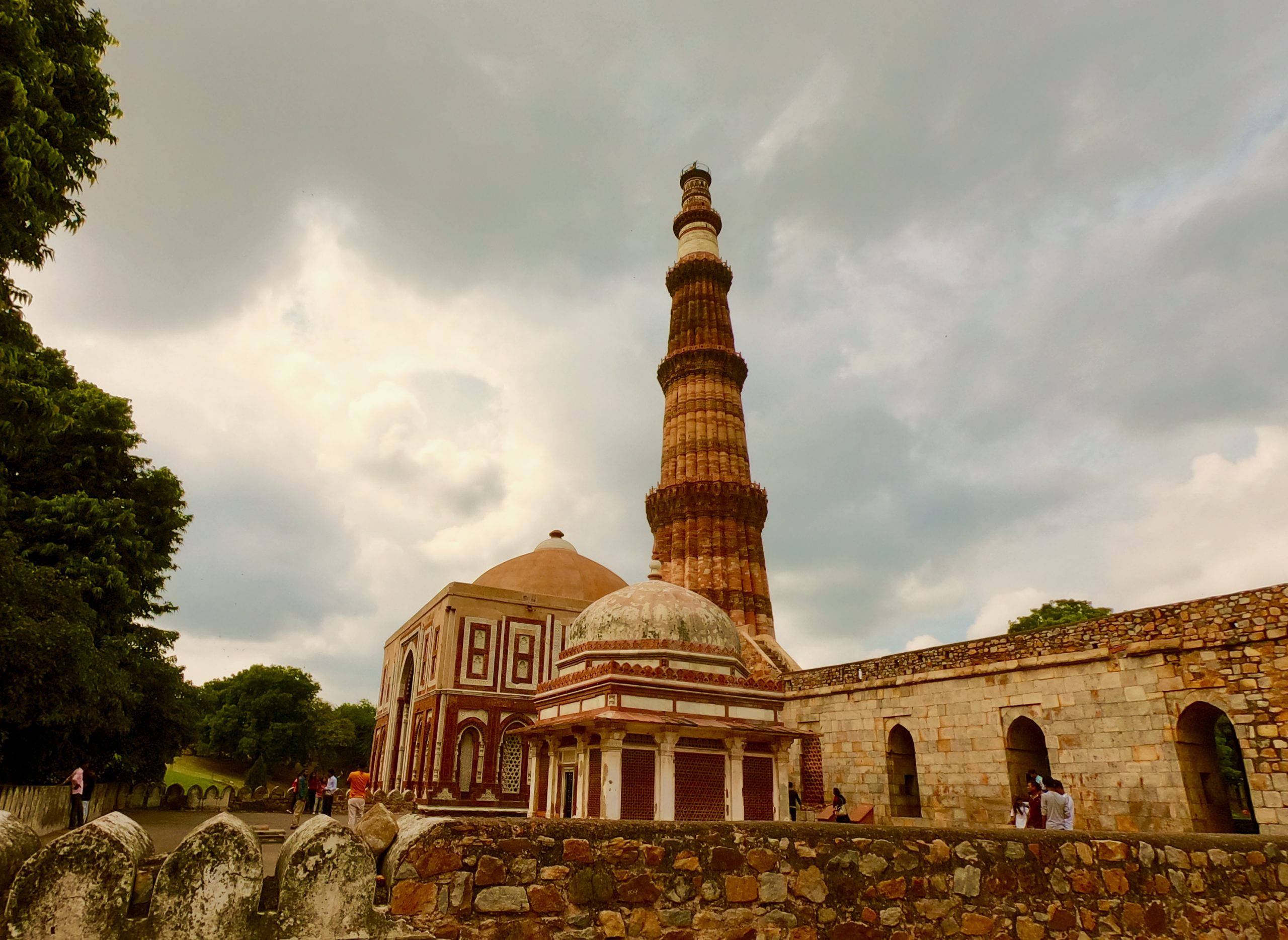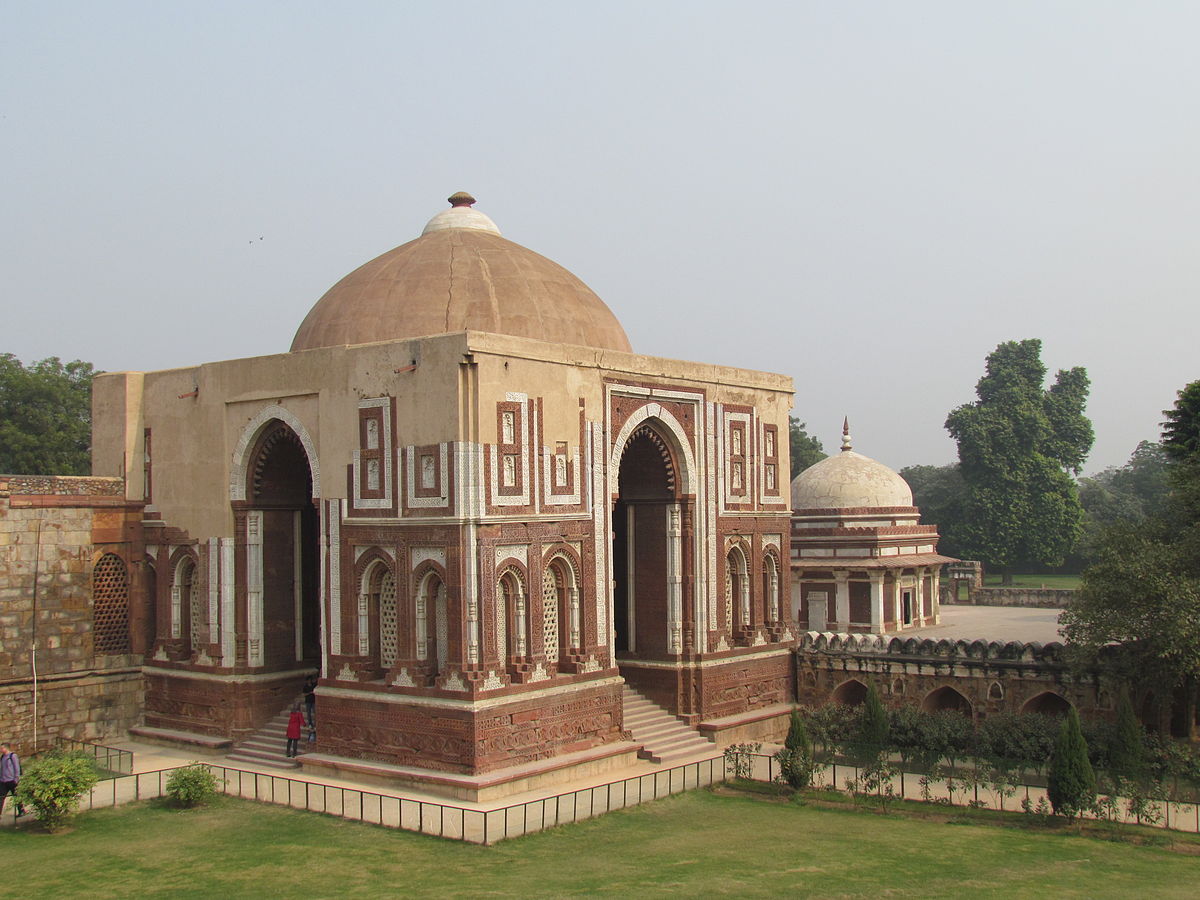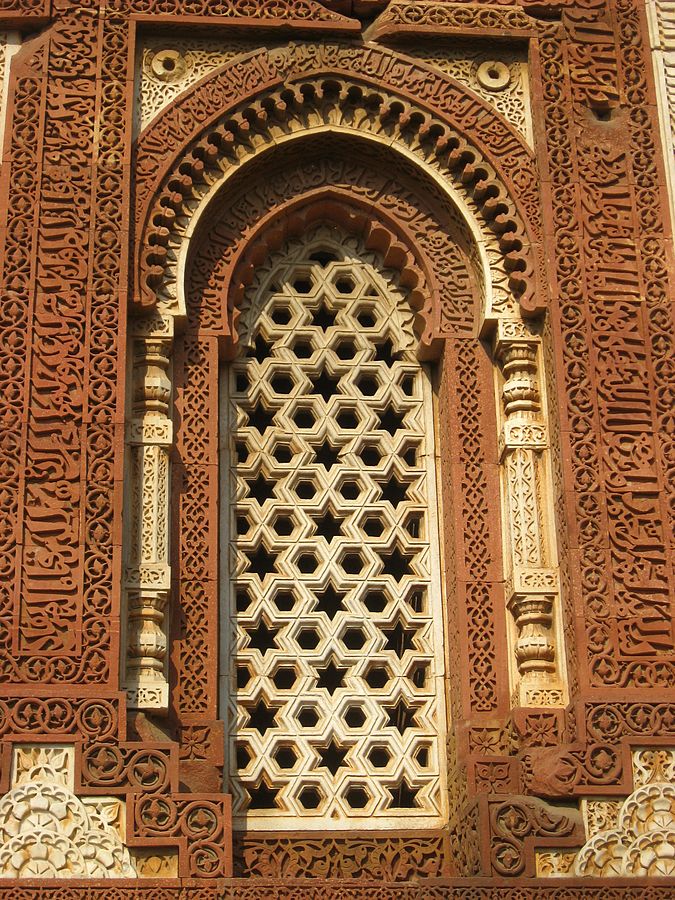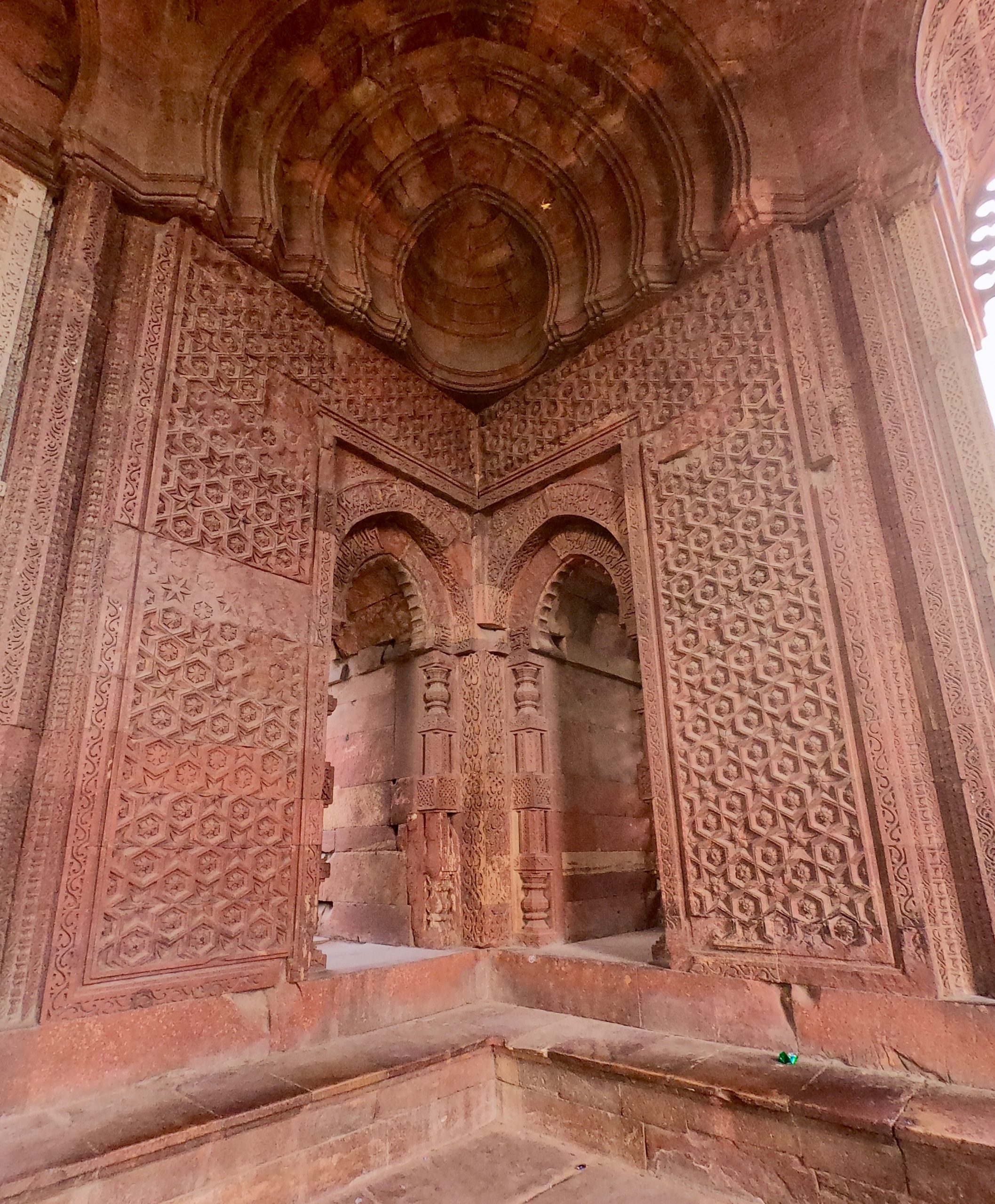Inside the Qutub Minar Complex is a very ornate doorway leading to the Qutub Minar - the Alai Darwaza. Did you know that it is believed to be the first true dome built in India?
First, a quick introduction to the man who built this structure - Alaudin Khilji. You may have heard of him - a heartless human, a ruthless king, an evil fanatic... There are many stories about his terrible doings. Some say these acts were political necessities, and others swear they were the product of a deranged mind. How much of it is true? This short video explores the many facets of Alauddin Khilji’s character.
Indeed, Alauddin was ruthless. But one part of him craved for adulation. He probably recognised that the best way to enjoy long lasting fame and adoration was to commission grand projects. The Hauz-i-Khas reservoir that he constructed supplied water to Delhi long after he died; and the Siri Fort protected Delhi till Sher Shah’s invasion. He constructed a Madrassa (religious school) within the Qutb complex. But perhaps his finest project was the Alai Darwaza (Alauddin’s Gate) in the Qutb complex.
Inside the Qutub complex is the Quwwat-ul-Islam Mosque (12th century CE), believed to be one of the oldest extant mosques in India. Alauddin decided to construct four impressive gateways, one in each cardinal direction, leading to the mosque. In 1311, he constructed this gateway. He died in 1316, before the other gateways could be constructed.

What makes the Alai Darwaza special?
Many scholars believe that the Alai Darwaza is the earliest example of pure classic Islamic architecture in India. Islamic architectural design had already come into India by the late 12th century. However, the Indian craftsmen who actually executed these blueprints, had never seen domes and arches before. So, they improvised with adaptations and interpretations on the fly. What emerged was a fusion style called Indo-Islamic.

Until the arrival of Islamic rulers, buildings in India usually had flat roofs or a pyramidal structure. So structures were held together by beams and lintels. Islamic builders, on the other hand, had been experimenting with arches from many centuries earlier and domes were common. New buildings that now sprang up in these parts started being topped by graceful circular domes. Some of these early Indo-Islamic structures, like the dome that was atop Iltutmish’s tomb, within the same complex, collapsed after some years. However, the Alai Darwaza was special. Alauddin brought in veteran Turkic master-craftsmen from Central Asia, and set them to work on this structure. They built true domes and true arches with mathematical precision. The windows were covered with finely worked Jaalis, which are beautiful screens painstakingly carved out of stone to look like lace. And these were surrounded by very ornate calligraphy. Add to this the contrast of red sandstone with white marble, and the result was a stately monument that set a new trend in architecture of that time.


Archives
- January 2022
- December 2021
- November 2021
- August 2021
- March 2021
- February 2021
- January 2021
- December 2020
- November 2020
- October 2020
- September 2020
- August 2020
- April 2020
- March 2020
- February 2020
- January 2020
- November 2019
- October 2019
- September 2019
- August 2019
- July 2019
- June 2019
- August 2017
- February 2017
- January 2017
- October 2013
Featured Posts
- Tales that pots tell: Keeladi excavations AUGUST 18, 2021
- The Last Grand Nawab: Wallajah FEBRUARY 10, 2021
- How Tej Singh became Raja Desingu of Gingee FEBRUARY 5, 2021
- How Shahjahan seized the Mughal throne JANUARY 28, 2021
- Alai Darwaza – Qutub Minar Complex, Delhi NOVEMBER 21, 2020
- Marking History through British buildings NOVEMBER 17, 2020
- The last great queen of Travancore NOVEMBER 7, 2020
- Brahmi and the evolution of scripts OCTOBER 15, 2020
- The Cambodian King of Kanchipuram OCTOBER 14, 2020
- James Prinsep – the man who read the writing on the wall OCTOBER 10, 2020
- Mariamman – the Village Goddess who travelled SEPTEMBER 30, 2020
- Misnamed Monuments of Mamallapuram SEPTEMBER 28, 2020








